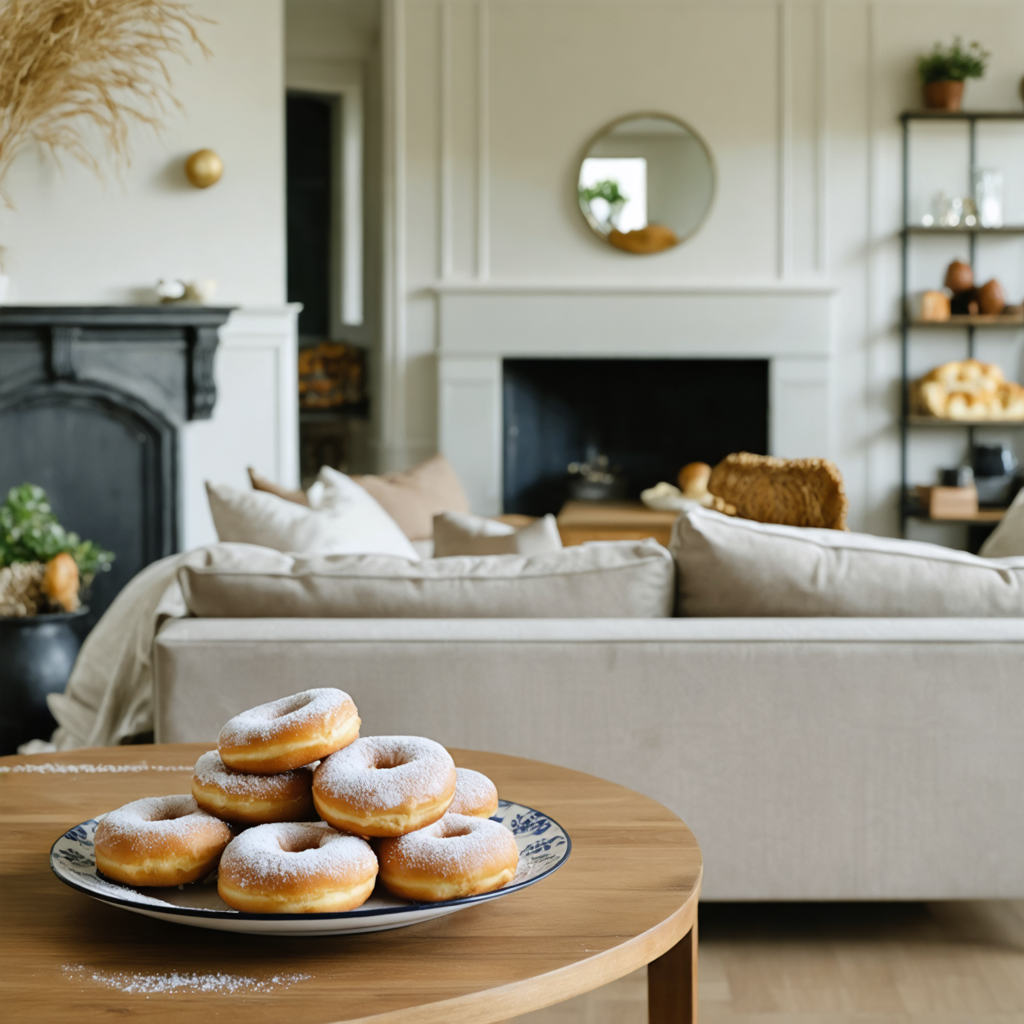
What to Do With Your Furniture When You’re Relocating and Selling
Relocation for a new job can be an exciting next chapter—but when you’re also selling your home, things can get complicated fast. One of the biggest logistical puzzles you’ll face is what to do with your furniture. Do you take it? Store it? Sell it? Stage with it?
Your choices can impact everything—from how fast your home sells to how smooth your relocation turns out. For example, what you keep or remove can affect staging, moving costs, and stress levels. In this guide, we’ll break down your furniture options in detail. We’ll also cover the pros and cons of each decision. Plus, you’ll get smart strategies to simplify your relocation and boost your home’s appeal. With the right approach, you can sell faster, move easier, and save more in the process.
1. Evaluate Your Furniture Like a Boss
Before you box up or list anything online, take a step back and truly assess what you own. This is the perfect time to be intentional about what adds value to your next chapter and what’s just been along for the ride.
Look at each piece through this lens: Does it serve a purpose in my future home? Will it fit? Is it worth the cost to move it? Not everything needs to go. But not everything needs to stay, either.
🍩Sweet Tip: Use sticky notes or colored labels to mark what you’re keeping, selling, donating, or storing. A visual system brings clarity in the middle of packing chaos.
2. Decide What to Keep and Move
Not all furniture deserves a spot in the relocation truck—especially if you’re paying by the pound or the mile.
First, decide what pieces you truly love and can’t live without. Next, think about what you’ll need immediately in your new space. Also, consider what makes financial sense to move versus replace. Furniture that’s expensive to replace or holds sentimental value is often worth relocating. However, make sure each piece fits your new home—not just physically, but stylistically too. For example, a large farmhouse table might feel cramped in a sleek downtown loft. Therefore, take measurements and visualize the layout before you move. Finally, keep a few flexible pieces that can work in different rooms or serve multiple purposes.
With thoughtful planning, your relocation will feel smoother and your new space will feel just right.
🍩Sweet Tip: If you’re on the fence, consider how hard it would be to replace the item—and how easily you could find a better fit when you arrive.
3. Use Furniture to Stage Your Home
While your instinct may be to clear everything out ASAP, some of your furniture might be the key to helping your home sell faster. Buyers love a home that feels warm, welcoming, and livable—and that’s exactly what staging with your furniture can provide.
Focus on a few well-placed, neutral pieces that show off the home’s space and flow. You don’t need a lot—just enough to suggest the purpose of each room without clutter. A cozy sofa, a tidy dining table, and a clean, made-up bed can work wonders
4. Consider Selling Some Items
Selling furniture you no longer need is one of the fastest ways to free up space and put a little cash back in your pocket. It’s especially smart if you’re downsizing, changing styles, or simply don’t want the hassle of moving heavy, bulky items.
Before you list anything, take a few minutes to clean it, take good photos, and write clear descriptions. This helps attract buyers who are ready to act quickly.
Here are a few platforms and methods that work well:
- Facebook Marketplace – Local reach, fast turnaround, and no fees.
- OfferUp – Great for casual buyers looking for deals in your area.
- Estate sale companies – Ideal for large volumes or full-home cleanouts.
- Consignment stores – Good option for upscale or designer furniture.
🍩Sweet Tip: Try bundling items—like a dining table and chairs or a bedroom set—to attract more serious buyers and move things out faster.
5. Donate What You Don’t Want
Not everything is worth the effort to sell or store during a relocation. Instead, consider donating furniture that no longer serves you. If it’s in good condition, donation is a fast and feel-good option. Better yet, many centers offer free pickup for large pieces. That means less heavy lifting during an already stressful move.
Popular choices include national charities and local nonprofits in your area. However, make sure all donations are clean, safe, and fully usable. Avoid donating anything with broken legs, deep stains, or missing parts. With a little planning, donation can simplify your relocation and help someone in need.
6. Decide What to Store (Short-Term or Long-Term)
You may find yourself in a situation where you don’t want to sell something, but you also don’t want to move it just yet. That’s when storage becomes your best friend. It gives you flexibility and buys you time to decide what works in your new home once you’re there.
There are different types of storage to consider, and each serves a unique purpose:
- Portable containers (like PODS) are ideal if you want to pack on your schedule and have the option to ship later.
- Climate-controlled storage units are perfect for sensitive items like wood furniture, leather pieces, or electronics.
- Standard self-storage can be a good solution for short-term needs during the selling or moving process.
🍩Sweet Tip: Keep an inventory list of what you’re storing—you’ll thank yourself later when you’re looking for that “one thing you swore you didn’t pack.
7. Don’t Forget Timing and Logistics
Managing your furniture plan during relocation is about more than just what to move—timing matters too. If you’re still living in the home, you’ll need to balance packing with showings and staging. On the other hand, if you’ve already relocated, your home should still feel warm and inviting. An empty space can feel cold and unappealing to buyers. Therefore, leave a few key pieces behind to create a lived-in, welcoming feel. With the right timing and setup, your furniture can support both your sale and your move.
Here’s a suggested timeline to help you manage it all without last-minute stress:
- 4–6 weeks before your move: Start sorting and selling items you know you won’t need.
- 3–4 weeks out: Move items into storage or donate larger furniture you won’t use.
- 2 weeks out: Finalize your staging setup and remove anything unnecessary.
- Final week: Pack remaining essentials, clean the home thoroughly, and confirm logistics with your moving or real estate team.
🍩Sweet Tip: If you’re leaving before the house sells, leave just enough furniture behind to suggest function and scale. An empty house may feel sterile—but lightly staged rooms feel like home.

The Last Bite
Your furniture plays a surprisingly big role in how successful your home sale and move will be. With thoughtful decisions and a little strategy, you can cut down on costs, reduce stress, and increase your chances of getting strong offers. Whether you’re keeping, selling, staging, storing, or donating—every step you take now sets you up for a smoother transition into your new role and new home.
At Good Donut Realty, we specialize in helping sellers move with confidence—whether you’re staying local or starting a new adventure out of state. We’ll guide you through what to stage, what to store, and how to maximize your home’s value while you focus on your next chapter.


